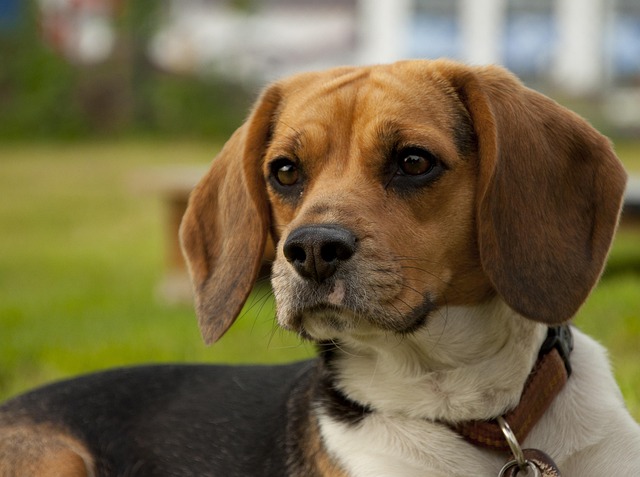
How hard is it to potty train a yorkshire terrier?
Bringing a Yorkshire terrier home fills your life with tiny paws and boundless energy, but the journey of potty training often comes with its fair share of challenges.
You've got this wriggling bundle of fur home, tail wagging a mile a minute, and the excitement is real. Suddenly, the question hits you: what to teach a puppy first? Sit? Stay? Potty training feels urgent! Hold that thought. Before any fancy commands, there's one absolutely fundamental skill that unlocks everything else. It’s not a trick; it’s the key to your entire relationship: teaching puppy their name. Seriously, this is puppy training basics 101.
Why put the name above "sit" or "come"? Think about it. How can you ask your pup to do anything if they don’t even know you’re talking to them? A name isn't just a label; it's the foundation of communication. That moment they flick an ear or glance your way when you say "Fido?" – that’s magic. It means, "Hey, I hear you!" It builds trust faster than anything. Suddenly, you’re not just a giant food dispenser; you’re their person, the one who says that special sound meaning good things might happen. Getting a puppy to respond to name consistently cuts through distractions and lays the groundwork for everything else.
The benefits ripple out far beyond simple recognition. Picture this: you’re at the park, your pup noses deep in fascinating smells. You call their name, and their head snaps up, eyes locking onto you. That focus? Pure gold for training. It reduces frustration massively – for both of you. No more feeling like you’re shouting into the void! Experts consistently stress that strong name response is the single best predictor of future training success. There’s science behind it too; dogs learn to associate the unique sound of their name with attention and potential rewards, firing up those happy brain pathways. It strengthens your bond instantly, turning random sounds into meaningful connection. That reliable response isn’t just convenient; it’s the bedrock of your partnership.
So, how do you actually make that name stick? Actually, it’s beautifully simple, relying on positivity and repetition. Start in a quiet spot, free from distractions. Grab some irresistible, tiny treats – think pea-sized bits of chicken or cheese. Say their name clearly and brightly *once* – "Cooper!" The instant they look at you, even just a flicker of attention, mark that moment with an enthusiastic "Yes!" or a clicker, and deliver the treat right between their eyes. Boom! Connection made. Keep sessions super short, maybe a minute or two, several times a day. Gradually increase the challenge: try it when they’re mildly distracted, like sniffing the floor nearby. Vary your tone – sing-song, excited, quiet – so they learn the word itself, not just a specific sound. The absolute key? Only use their name for positive things, especially in these early stages. You want "Cooper!" to always mean, "Look here! Good stuff is coming!" Consistency is your best friend here.
It sounds straightforward, but oh, the pitfalls we humans stumble into! One biggie is using the name negatively. Yelling "Bailey, NO!" when they chew your shoe links their name to your anger. Ouch. Instead, use a neutral interrupter like "Uh-uh" or "Oops" for corrections, saving their precious name for happy recalls and connection. Another common mistake is impatience leading to name bombardment. Repeating "Roxy! Roxy! ROXY!" when she’s ignoring you just teaches her to tune it out. Say it once clearly, then wait. If she doesn’t respond after a few seconds, gently make a noise to get her attention *before* saying her name again, then reward the look. Inconsistency is a killer too. Everyone in the household needs to use the same name (no "Princess Fluffybutt" one day and "Fluff" the next) and follow the same rewarding routine. Don’t dilute the power of the name by using it constantly for no reason either. Make it count.
Once that beautiful head-turn is happening reliably – I mean, 8 or 9 times out of 10, even with minor distractions – you’ve cracked the first, most crucial code. *Now* you’re perfectly set up for those first commands for puppies. That solid name response is your superpower. Want to teach "sit"? Get their attention with their name, then lure them into position. "Come"? Call their name, then add the cue. Suddenly, training flows so much smoother because you have their focus first. Mastering name recognition builds their confidence in learning and primes them to understand that your words have meaning. It transforms training from a chore into a conversation. That foundation of attention and trust? That’s the real magic trick, making all the future sits, stays, and heels not just possible, but joyful.

Bringing a Yorkshire terrier home fills your life with tiny paws and boundless energy, but the journey of potty training often comes with its fair share of challenges.
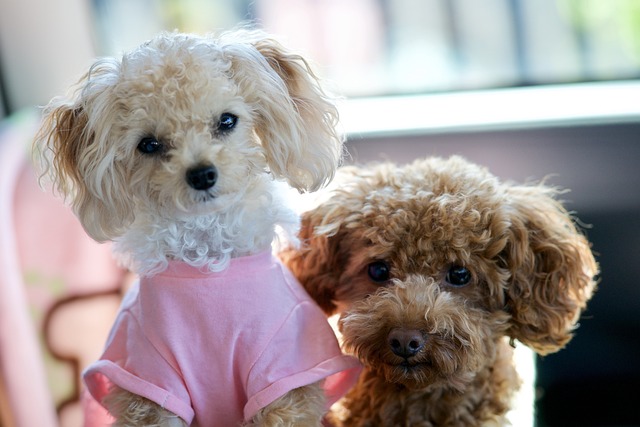
Imagine walking into your Houston home to find your rescue pit bull, Rocky, growling over a chewed shoe, hackles raised as you approach.
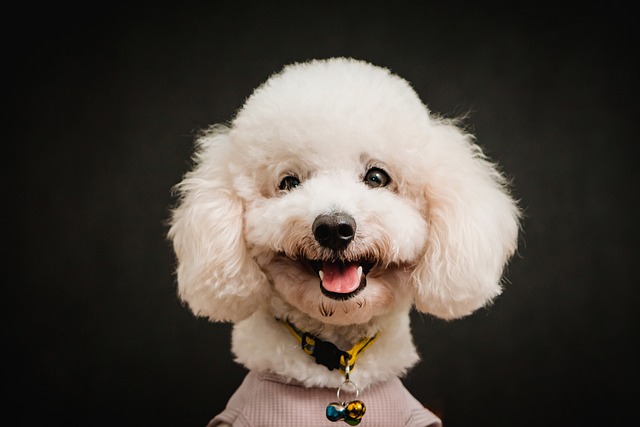
Imagine your squishy 9-week-old Labrador, Daisy, tumbling after a fallen Cheerio in your Chicago kitchen. You chirp, "Daisy, come!" – and those little paws scramble toward you
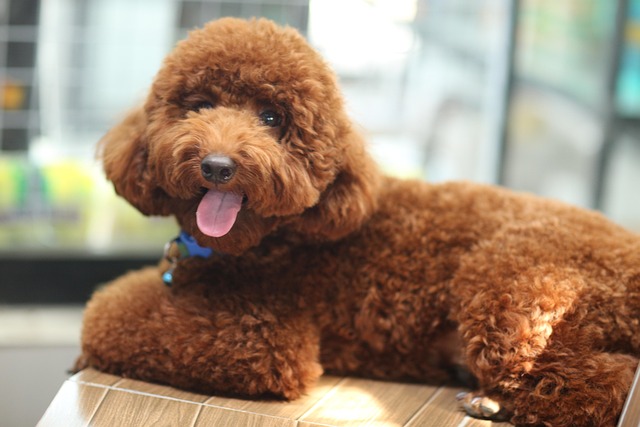
Imagine this: You’re at a sun-dappled park in Denver, waving a frisbee and calling your Australian shepherd, Zara, but she’s too busy sniffing a patch of grass where a squirrel paused minutes ago.
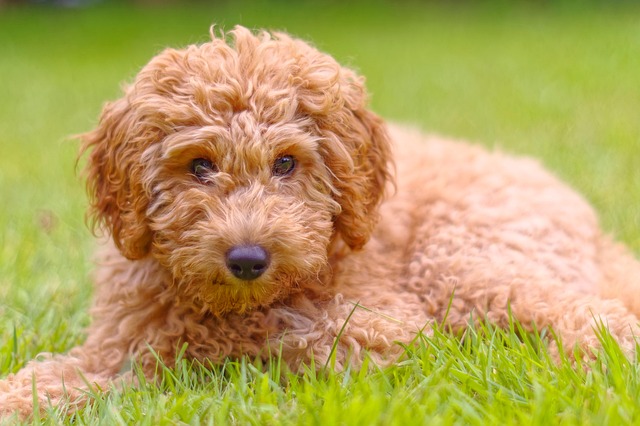
Picture this: you're at the local park, your new Labrador pup, Buddy, spots a fascinating squirrel. You call his name with growing urgency
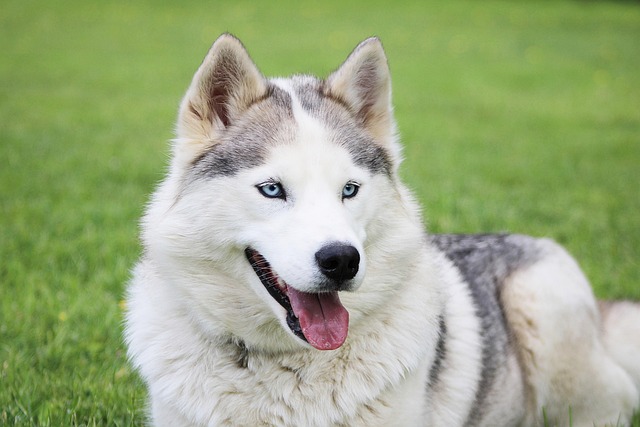
Your heart leaps as your 4-month-old Golden Retriever, Cooper, locks onto a discarded chicken wing during your Brooklyn sidewalk stroll – milliseconds from a dangerous snack.